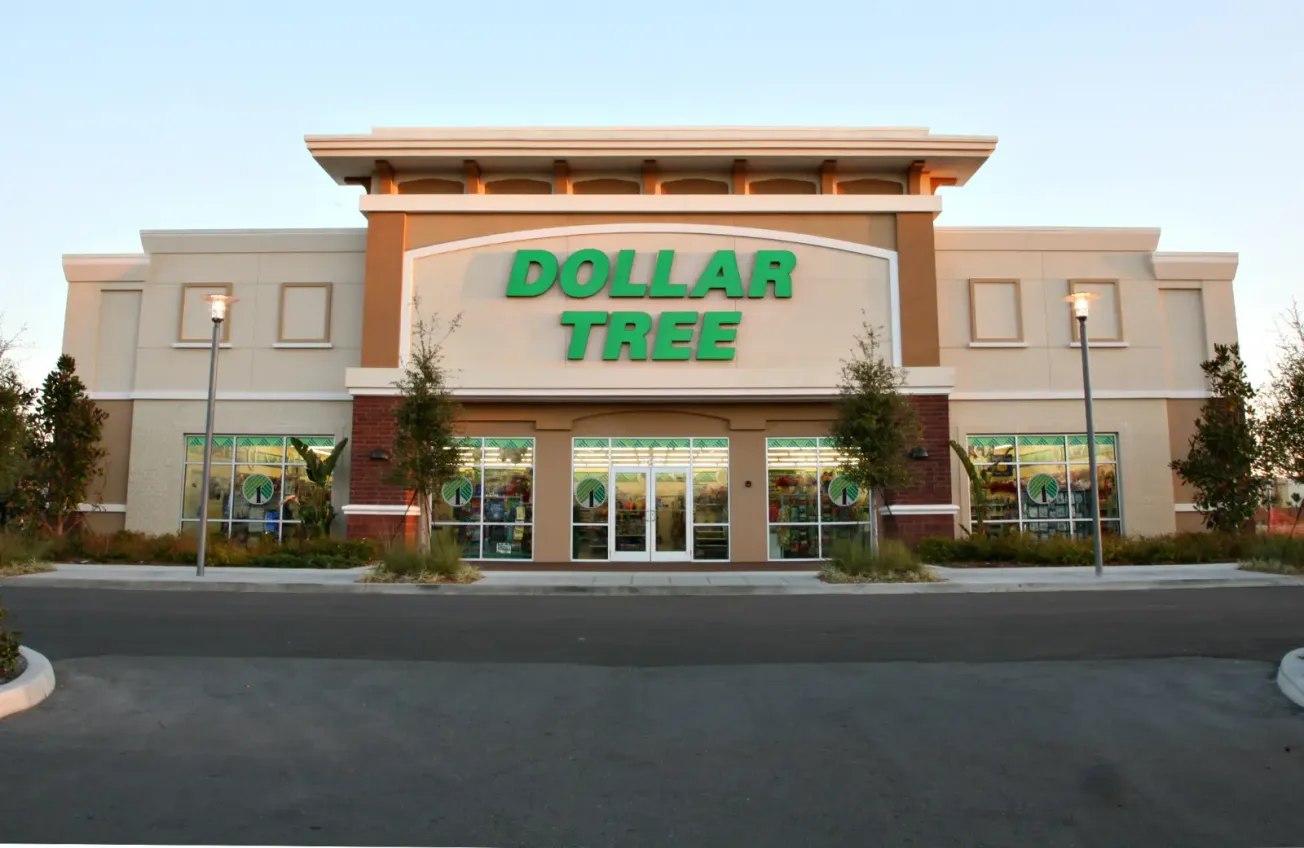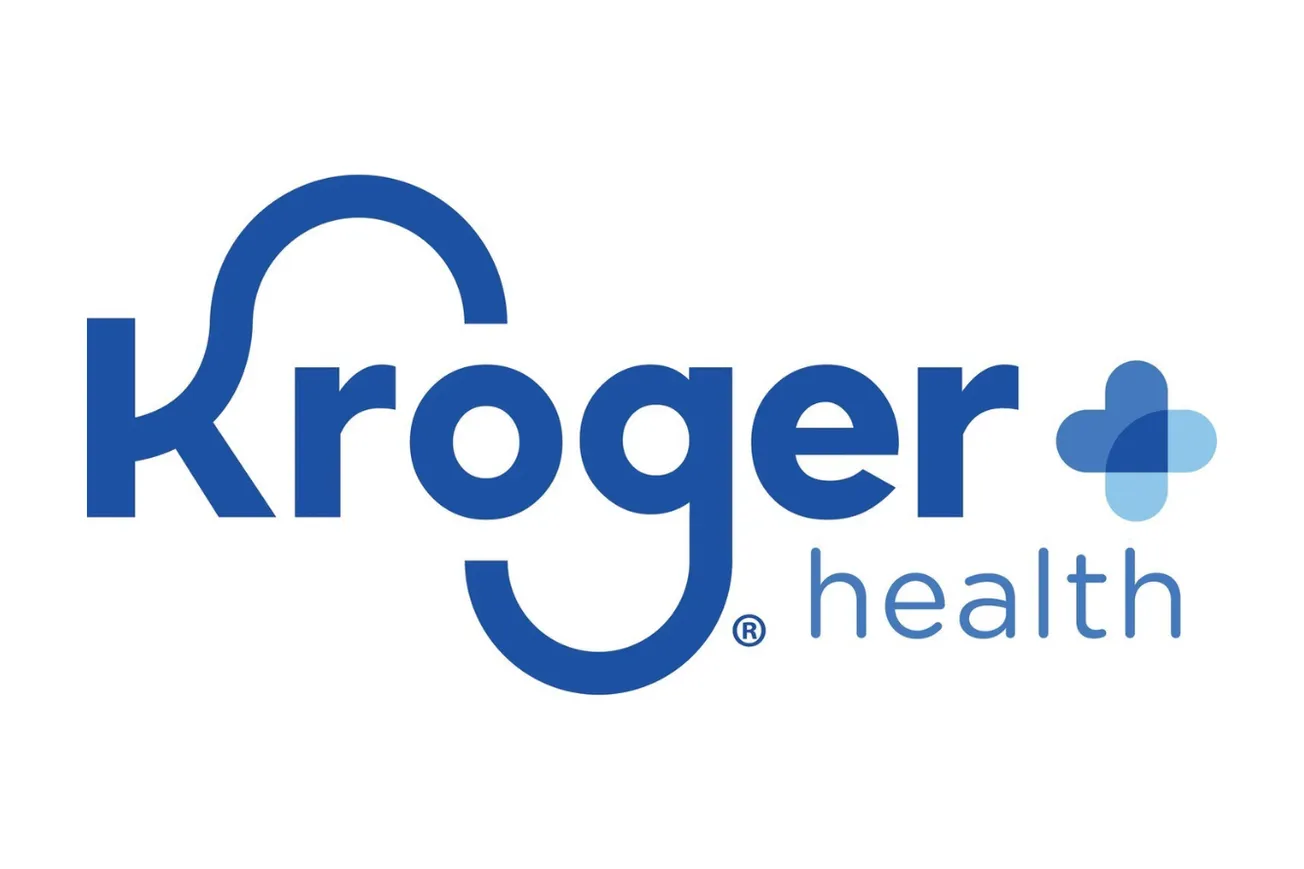LONDON—According to market research firm Omdia, online consumer spending is on track for explosive growth. Global expenditures are expected to reach $4.4 trillion in 2025 and soar to $6.6 trillion by 2029. The U.S. will dominate this expansion, contributing $1.4 trillion in 2025 and surpassing $2 trillion by 2029.
The rapid rise in online consumer spending is outpacing growth in the media and entertainment sector, which is projected to increase from $1.07 trillion in 2025 to $1.3 trillion by 2029. Video content continues to be the primary revenue driver, accounting for 70% of global earnings, with notable growth in online video (13%), cinema (12%), and gaming (7%) this year.
A significant transformation in retail and advertising is fueling this digital commerce surge. The rise of retail media and shoppable TV is reshaping how consumers interact with content and make purchases. Amazon has now overtaken Walmart as the world’s largest retailer, underscoring the dominance of e-commerce. In response, Walmart has doubled down on digital innovation, recently acquiring Vizio to bolster its retail media strategy. Currently, 20% of Walmart’s revenue stems from digital channels, a figure expected to climb as the company integrates connected TV (CTV) and shoppable TV into its offerings.
The adoption of CTV is accelerating, making TV operating systems (TV OS) a critical battleground for advertisers and retailers. Integrating CTV, TV OS, and retail media streamlines the consumer journey from content consumption to purchase, creating fresh revenue streams for businesses.
“Shoppable TV presents a massive opportunity for retailers, advertisers, and content creators. However, challenges remain, such as seamless checkout, consumer trust, and platform integration, which must be addressed before its full potential is realized,” said Omdia Senior Research Director Maria Rua Aguete.










